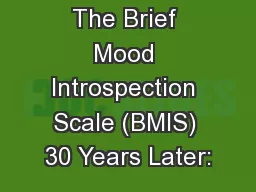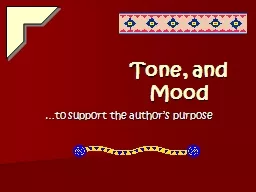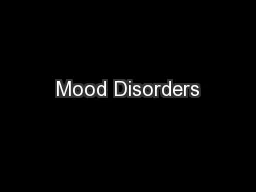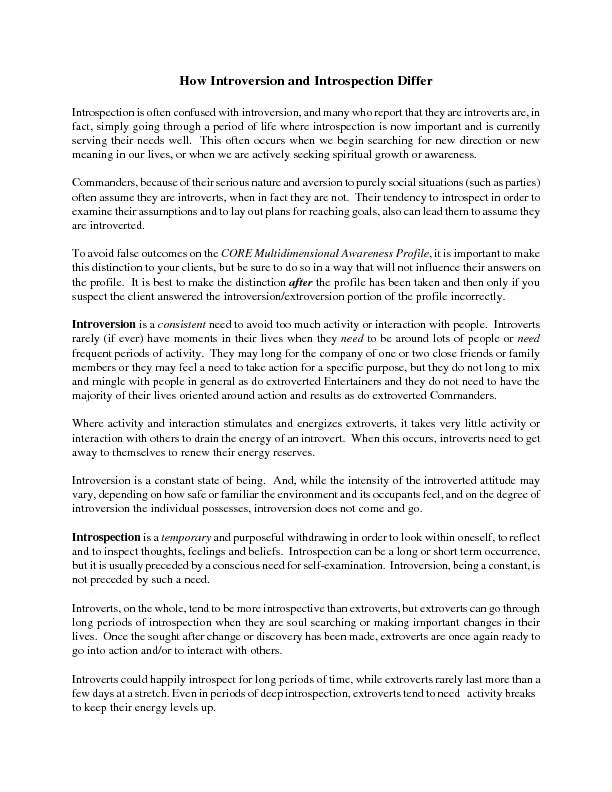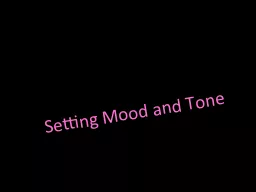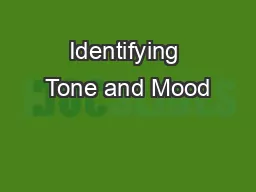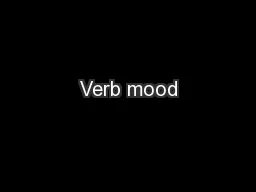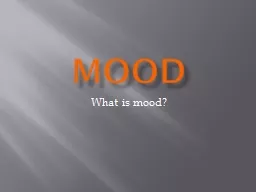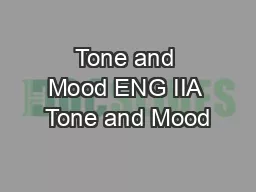PPT-The Brief Mood Introspection Scale (BMIS) 30 Years Later:
Author : pasty-toler | Published Date : 2019-12-14
The Brief Mood Introspection Scale BMIS 30 Years Later Norms and Validity Evidence from a MetaAnalysis Rachael M Cavallaro Victoria M Bryan amp Dr John D Mayer
Presentation Embed Code
Download Presentation
Download Presentation The PPT/PDF document "The Brief Mood Introspection Scale (BMIS..." is the property of its rightful owner. Permission is granted to download and print the materials on this website for personal, non-commercial use only, and to display it on your personal computer provided you do not modify the materials and that you retain all copyright notices contained in the materials. By downloading content from our website, you accept the terms of this agreement.
The Brief Mood Introspection Scale (BMIS) 30 Years Later:: Transcript
Download Rules Of Document
"The Brief Mood Introspection Scale (BMIS) 30 Years Later:"The content belongs to its owner. You may download and print it for personal use, without modification, and keep all copyright notices. By downloading, you agree to these terms.
Related Documents

